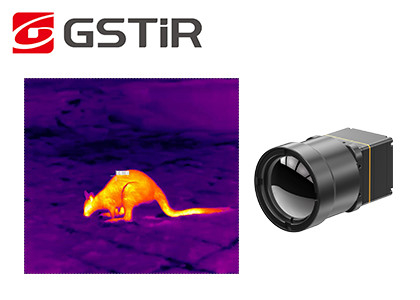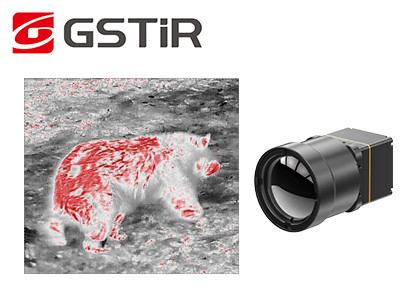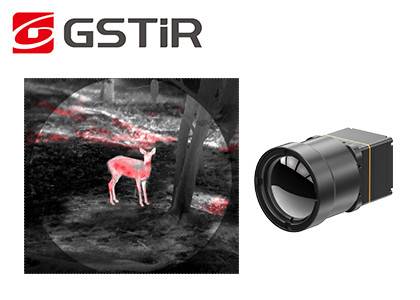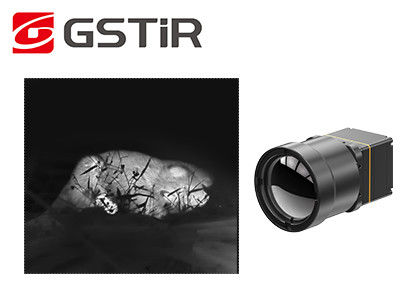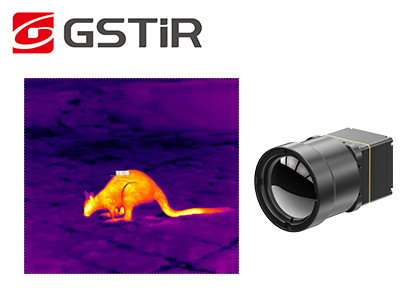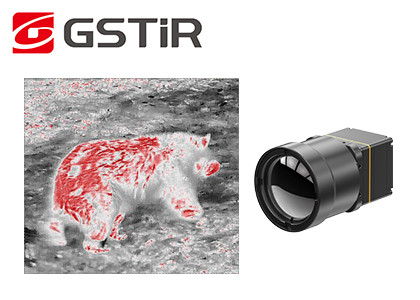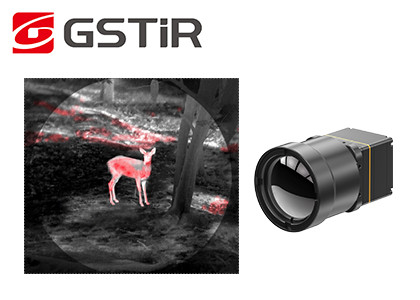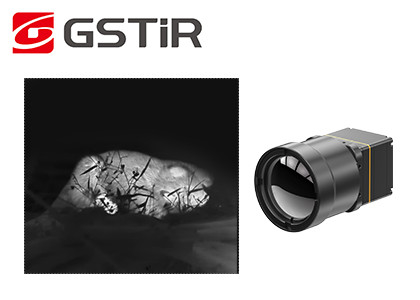-
Thermal Camera Core
-
Thermal Security Camera
-
Drone Thermal Camera
-
EO IR Systems
-
Thermal Imaging Binoculars
-
Infrared Thermal Camera Module
-
High Resolution Thermal Camera Module
-
Cooled Infrared Detectors
-
Optical Gas Imaging
-
Thermal Camera For Fever Detection
-
Cooled Camera Modules
-
Vehicle Mounted Thermal Camera
-
Integrated Dewar Cooler Assembly
-
Uncooled Infrared Detectors
Uncooled Microbolometer Thermal Camera Core For Wildlife Observation

Contact me for free samples and coupons.
Whatsapp:0086 18588475571
Wechat: 0086 18588475571
Skype: sales10@aixton.com
If you have any concern, we provide 24-hour online help.
x| Resolution | 640x512 | Power Consumption | 0.8W |
|---|---|---|---|
| Spectral Range | 8~14μm | Pixel Pitch | 12μm |
| NETD | <40mK | Frame Rate | 25Hz/30Hz |
| Highlight | Microbolometer Thermal Camera Core,Wildlife Observation LWIR Camera Core,Clear Uncooled Thermal Camera Core |
||
Uncooled Microbolometer Thermal Camera Core For Wildlife Observation
TWIN612 thermal module is a new arrival product developed by Global Sensor Technology. The 640x512/12µm uncooled infrared camera core is a sophisticated thermal imaging sensor that delivers high-quality imaging in a compact, user-friendly package. This camera core is built using cutting-edge uncooled microbolometer technology, which delivers superior thermal imaging performance compared to conventional thermal imaging systems.
With its 640x512 pixel array and pixel pitch of 12µm, this camera core provides ultra-high resolution imaging capabilities for a wide range of applications. It offers temperature sensitivity of less than 50 mk and features a dynamic range of up to 14 bits, ensuring accurate and detailed imaging even in challenging environments.
The TWIN612 thermal module has the advantages of compact design, light weight structure and power consumption as low as 0.8w. With enhanced image algorithms and temperature measurement function, the TWIN612 thermal module presents more stable images and accurate temperature.
Ceramic packaging process is similar to metal packaging, which is a mature infrared detector packaging technology. Compared with metal packaging, the volume and weight of the packaged detector will be greatly reduced. Thus, the TWIN612 thermal module could be applied to industries that have strict requirements on size, weight and power consumption.
- Mini Size: 25.4mm×25.4mm×35mm
- Light Weight: 25g
- Typical NETD<40mk
- Sharp, Clear Thermal Imaging
- Typical Power Consumption as Low as 0.8W
| Model | TWIN612/R |
| IR Detector Performance | |
| Resolution | 640×512 |
| Pixel Size | 12μm |
| Spectral Range | 8~14μm |
| Typical NETD | <40mK |
| Image Processing | |
| Frame Rate | 25Hz/30Hz |
| Start-up Time | 6s |
| Analog Video | PAL/NTSC |
| Digital Video | YUV/BT.656/LVDS/USB2.0 |
| Image Display | 11 in Total (White Hot/Lava/Ironbow/Aqua/Hot Iron/Medical/Arctic/Rainbow1/Rainbow2/Red Hot/Black Hot) |
| Image Algorithm | NUC/3D/2D/DRC/EE |
| Electrical Specifications | |
| Standard External Interface | 50pin_HRS |
| Communication Interface | RS232/USB2.0 |
| Supply Voltage | 4~5.5V |
| Typical Power Consumption | 0.8W |
| Temperature Measurement | |
| Operating Temperature Range | -10℃~50℃ |
| Temperature Measurement Range | -20℃~150℃, 0℃~550℃ |
| Temperature Measurement Accuracy | Greater of ±2℃ or ±2% |
| SDK | Windows/Linux; Achieve Video Stream Analysis and Conversion from Gray to Temperature |
| Physical Characteristics | |
| Dimension (mm) | 25.4×25.4×35 (Without Lens) |
| Weight | 25g (Without Lens) |
| Environmental Adaptability | |
| Operating Temperature | -40℃~+70℃ |
| Storage Temperature | -45℃~+85℃ |
| Humidity | 5%~95%, non-condensing |
| Vibration | 5.35grms, 3 Axis |
| Shock | Half Sine Wave, 40g/11ms, 3 Axis, 6 Direction |
| Optics | |
| Optional Lens | Fixed Athermal: 13mm |
The TWIN612/R thermal imaging module is applied to the field of Thermography, Security Monitoring, UAV Payloads, Robots, Intelligent Hardware, ADAS, Firefighting & Rescue
![]()
1. How does an infrared detector work?
Infrared detectors work by sensing electromagnetic radiation in the infrared range. The exact mechanism of detection varies depending on the type of infrared detector.
Thermal detectors work by measuring the temperature change caused by absorbing the infrared radiation. For example, microbolometers consist of a matrix of tiny resistive elements that are sensitive to heat. When infrared radiation is absorbed by the detector, it causes the temperature of the resistive element to increase, resulting in a change in electrical resistance that can be detected and converted into an image.
Photon detectors, on the other hand, work by converting photons from the infrared radiation into electrical signals. Two common types of photon detectors are photovoltaic detectors and photoconductors. Photovoltaic detectors generate a voltage when infrared photons are absorbed, while photoconductors increase their conductivity when photons are absorbed.
Infrared detectors can also utilize other detection mechanisms, such as pyroelectricity, where changes in temperature induce a charge in a material, or thermoelectric effects, where a temperature difference between two materials generates a voltage.
The output signal from the infrared detector can be processed and displayed as an image, which can be used for a variety of purposes, such as thermal imaging in medical or industrial applications, remote sensing of the environment, and thermal scanning in security systems.



